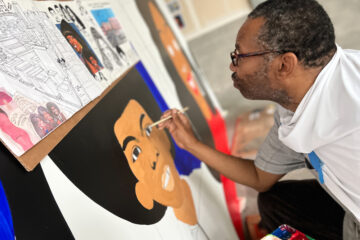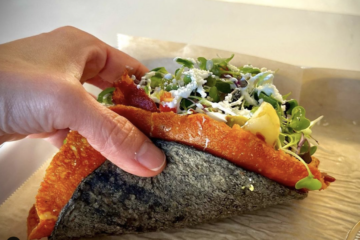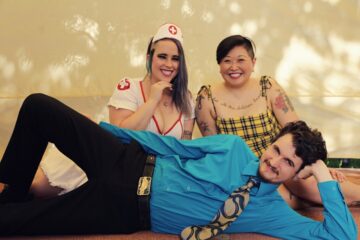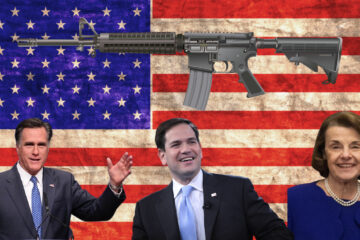Desolate Downtown SF: How We Got Here & How We Get Out
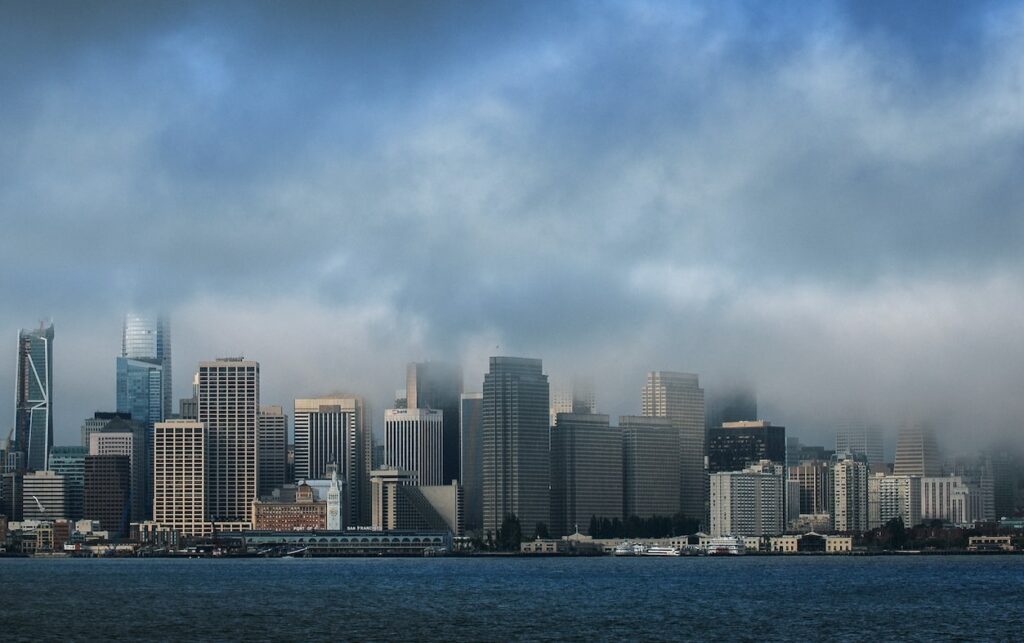
Photo by Casey Horner
BY KELLY INGLIS
If you’ve been to downtown San Francisco in recent months, it will come as no surprise that the once bustling FiDi is no longer, and it’s been replaced by a skyscraping ghosttown.
And if you haven’t been, you probably still know this. The Daily, a New York Times podcast, published an episode a few months ago, bleakly titled The Most Empty Downtown in America; a number of publications have penned articles on why SF is unique in its struggle to return its downtown to pre-pandemic bustle; and local politicians are putting their heads together in a desperate attempt to figure out how in the world to revitalize downtown SF.
So how exactly did we get here, and why are other American metros recovering faster than us? And more importantly, WHAT do we do about it?
How Did We Get Here?
We’ll start with the first question, the easier of the two. The short answer won’t surprise you: Tech. As The Daily episode outlined, San Francisco invested early on in the tech industry, and it paid off in big ways (depending on who you ask).
And when I say San Francisco invested, I mean they went all in, populating most of downtown real estate with tech companies. A couple of quick stats for you: close to 75% of downtown San Francisco is office space and as 2018, around 62% of that was occupied by tech. It was a mutually beneficial relationship, with the city granting tech companies incentives to house their HQs here, while in return, companies employed thousands of employees who commuted five days a week to downtown San Francisco to patronize surrounding businesses. For a while, it paid off, until COVID hit.
And it’s not necessarily tech’s fault. The tech industry was already set up to adapt quickly to the pandemic. The industry’s main theme is seemingly to DISRUPT. If you’ve lived in SF in the past decade, you know this, because some aspiring entrepreneur has pitched you their app idea over a Fireball shot on Polk Street with the promise of DISRUPTING the Tupperware industry.
This disruptive nature translated to lean, scrappy business models designed to be able pivot at the drop of a hat. The industry’s very nature to change course when need be, is exactly what ended up making it an unreliable, unstable investment for the city.
Tech companies’ adaptability combined with their willingness to embrace new technology (it’s in the name!) made them better positioned than other industries to rely heavily on remote tech to get back up-and-running while remote, eventually achieving pre-pandemic levels of productivity. So much so that tech workers found themselves able to get as much done as they had in-office. I’m not inferring that there aren’t costs to operating fully remote teams—but that’s a topic for another article.
All of this meant that as the threat of COVID subsided, the urgency of getting back to the office didn’t follow. People got used to WFH—in fact, a lot of them were W’ing F a H in a different city entirely. The flexibility of tech and SF’s heavy investment in it resulted in our current desolate downtown.
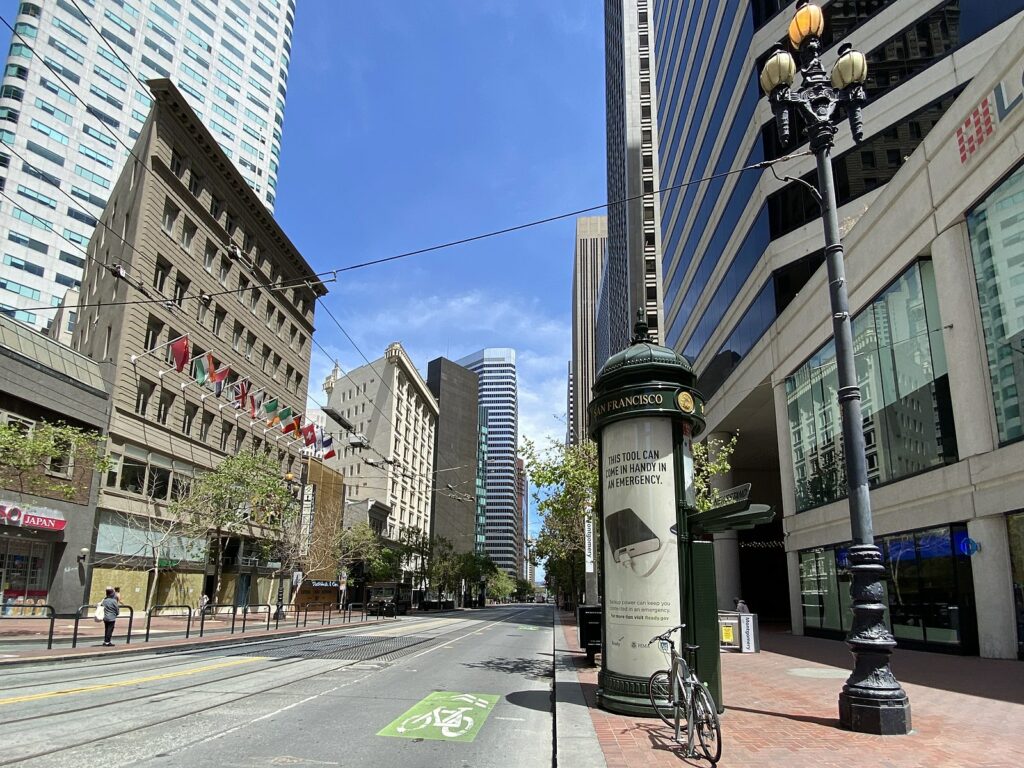
A very empty downtown San Francisco street in 2020. Photo by Sharon Hahn Darlin via Wikimedia Commons
Other US cities have seen their downtown areas recover more quickly than San Francisco’s has. That’s because they had either invested in more stable industries (education, health, etc.), or diversified their investment. If you’ve ever attended an intro to finance class, you know how important diversification is. Cities that bounced back better from the pandemic are ones that diversified in terms of the number of industries housed downtown as well as the number of use cases for downtown (office space, residential property, entertainment venues, etc.). SF put all of its eggs in one basket within a basket—one industry (tech) and one use case (office space).
So What Happens Now?
As it currently stands, “It is easy for San Franciscans who don’t work downtown to ignore it.” The obvious solution is that SF city officials and inhabitants need to find a way to make Downtown SF a desirable place to visit and maybe even live, since showing up to a downtown office IRL is no longer a professional obligation for most tech employees.
There are hopeful solutions already in the works, all of which are aligned in the theme of developing a mixed-use neighborhood that appeals to businesses and citizens alike:
* Decreasing the barriers to obtaining a small business permit: With commercial vacancies rising in Downtown SF, London Breed has acknowledged the need to make it easier for small businesses to create a downtown location, proposing 100+ changes to San Francisco’s planning code.
* Similar to the above, in an effort to reignite business life downtown, the city is encouraging pop-up businesses to temporarily occupy commercial spaces (I LOVE this idea). The plan is to incentivize entrepreneurs and landlords to use vacant spaces for pop-up shops—pop-ups will get 2-3 months of free rent and $3k-$8k in grant money to run their biz. Apply by June 1 if interested!
* On the topic of decreasing bureaucratic barriers, London Breed is also fighting to make it easier to a) build residential projects in SF and b) incentivize projects that convert office space to residential space (notoriously a challenging thing to do).
* State Assembly Member Matt Haney wants to amplify the entertainment use case for downtown SF, stating we need to “Embrace the area’s physical beauty and lean into its cultural, creative and artistic strengths by emphasizing nightlife, entertainment, hospitality and tourism.” On that note, state Senator Scott Weiner has penned a bill that would allow alcohol in certain venues. To that I say, give the people what they want!
There are plenty of shining examples of cities’ downtowns thriving and ultimately, it seems that local politicians have gotten the memo on diversification. As London Breed has shared her visions for downtown, she’s noted that she wants to “Accommodate the widest possible range of activities and uses.”
But they still have yet to execute on it in a meaningful way. It’s a long road to recovery; one that requires time, resources, creativity and patience in the form of optimism from the city’s inhabitants.
Some private citizens are also coming up with creative ways to infuse life and energy into downtown and other neighborhoods. Manny Yekutiel (of Manny’s), and philanthropist Daniel Lurie (founder of Tipping Point), just announced their new Civic Joy Fund which will be spending $2 million over the next six months to “Inject a jolt of magic back into San Francisco’s commercial corridors.” They will be funding five new citywide projects that aim to support artists, musicians, community heroes & small business owners.
It seems city officials are relying on us to stick around and be rewarded by a reinvigorated downtown in the future. We’ll need to make use of the creative and innovative nature that’s embedded into San Francisco’s bones in order to bail out our beloved downtown (even you, Salesforce tower!), but I have faith.





